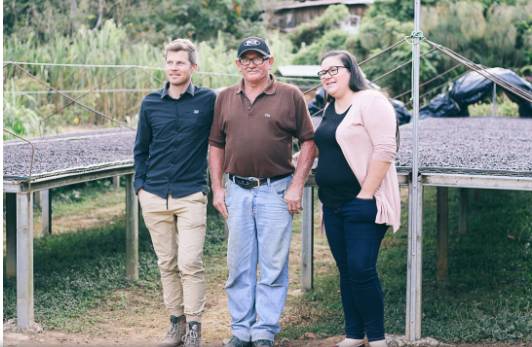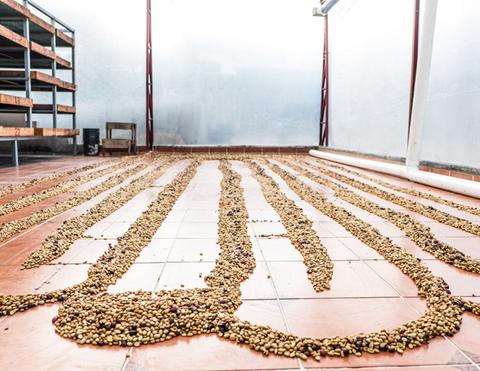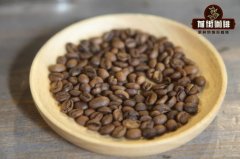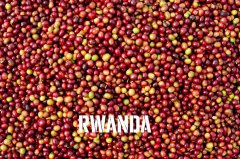Introduction to Noodle Manor Honey Coffee Flavor musician Series Mozart H1 Bean species in Costa Rica
Costa Rica is famous for its charming national parks, rainforests, beaches, volcanoes and delicious coffee. Take a sip of Costa Rican coffee and you will be immersed in the delicacy. Due to ideal growth conditions, including fertile soil, high altitude, cool climate and fresh water, coffee began to grow in Costa Rica sometime in the 1700s. There are eight coffee producing areas: Central Valley, Tres Rios, Turrialba, Brunca, Guanacaste, Tarrazu, Orosi and West Valley-- each have different coffee flavor characteristics.

Costa Rica has also become a world leader in traceability and sustainability of coffee production. Ninety per cent of the country's 50000 coffee farmers are small farmers, and now many send their cherries to boutique micro-factories, which usually process cherries according to the producers' specifications to maintain the quality of single batches or single farms.
The rise of micro-grinding itself is a relatively new development. Before the early 2000s, it was common for small producers to deliver cherries to cooperative-owned factories. With the development of lucrative professional markets, more and more farmers are setting up factories on their farms, giving them better control over processing and identifying "traceability stories" that are so important to growing market segments. Overcapacity factories will provide services to neighboring farmers, provide a range of processing methods for small batches, and provide comprehensive traceability for bakers and importers. The system enables small and medium-sized coffee farmers in Costa Rica to provide a wide range of differentiated products.
Qianjie bought COE26 rosy summer coffee beans from the Central Valley of Costa Rica, which was honey-treated to increase his sweetness. Qianjie uses medium-light baking degree, medium to high acidity with citrus, lemon and berry flavor, white flower aroma, milk chocolate, medium almond nut flavor.

This coffee is treated with honey, which is when you peel the cherry and leave the mucus in it when the beans are dry. The mucus is very sweet and sticky, which makes the beans delicious. There are several different honey processes-white, black-yellow, gold-which just means that some have more mucus and some have less. There is less coffee in white and yellow, while more coffee is left in red, gold and black, which leads to a more full-bodied coffee. Red wine is processed in more shady places to slow down the drying time. As the mucus stays on the coffee beans for a long time, the sugar is absorbed into the coffee beans. The beans were dried on an elevated bed for 18-24 days.
In addition, Qianjie also bought music plus series of coffee beans, of which Mozart is different from the other two varieties is H1.
H1 Centroamericano was produced by crossing Sarchimor Tmur5296 with a wild rum Sultan variety. According to Ally Coffee, "it is replicated through a tissue culture cloning process called somatic embryogenesis." This hybrid variety has high yield, anti-rust and complex and deep flavor characteristics. They are not easily affected by the pressure environment and bring hope for hybrid cars of the future. F1 hybrid cars have a bright future and can help ease the environmental pressure on farmers.
Important Notice :
前街咖啡 FrontStreet Coffee has moved to new addredd:
FrontStreet Coffee Address: 315,Donghua East Road,GuangZhou
Tel:020 38364473
- Prev

What is boutique coffee? Definition of boutique coffee shop? How do baristas make good hand-made coffee?
Now. Boutique coffee is becoming a large part of popular culture. What is boutique coffee? What is quality coffee? In fact, there is no very precise definition, but it is widely believed that the origin of the word was in 1978, when Ms. Erna Knutsen of Knutsen Coffee Co., Ltd. of the United States proposed the word at an international coffee conference in France. She is very special.
- Next

What is a microbatch of coffee? Description of characteristics, flavor and taste of Rwanda micro-batch boutique coffee beans
If you go to some cafes, you should often hear about micro-batches. So what are the micro-batches in boutique coffee? Over time, many terms have been created and adapted to meet the needs and expectations of the boutique coffee industry. One of these terms is microbatches, which are used by many members of the coffee industry to refer to small, exclusive and traceable coffee batches. However, for
Related
- Detailed explanation of Jadeite planting Land in Panamanian Jadeite Manor introduction to the grading system of Jadeite competitive bidding, Red bid, Green bid and Rose Summer
- Story of Coffee planting in Brenka region of Costa Rica Stonehenge Manor anaerobic heavy honey treatment of flavor mouth
- What's on the barrel of Blue Mountain Coffee beans?
- Can American coffee also pull flowers? How to use hot American style to pull out a good-looking pattern?
- Can you make a cold extract with coffee beans? What is the right proportion for cold-extracted coffee formula?
- Indonesian PWN Gold Mandrine Coffee Origin Features Flavor How to Chong? Mandolin coffee is American.
- A brief introduction to the flavor characteristics of Brazilian yellow bourbon coffee beans
- What is the effect of different water quality on the flavor of cold-extracted coffee? What kind of water is best for brewing coffee?
- Why do you think of Rose Summer whenever you mention Panamanian coffee?
- Introduction to the characteristics of authentic blue mountain coffee bean producing areas? What is the CIB Coffee Authority in Jamaica?

